Artists often find inspiration in the natural world. So do product designers. Not only the crayons featured in this article help create nature-inspired artworks, they are beautifully designed to look like natural minerals or are made using organic materials and food waste.
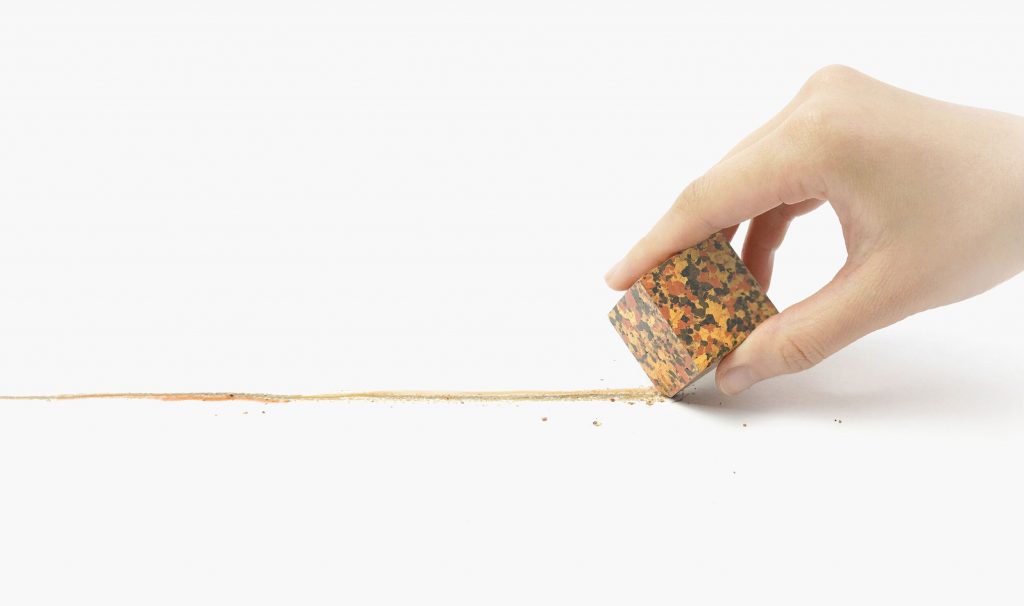
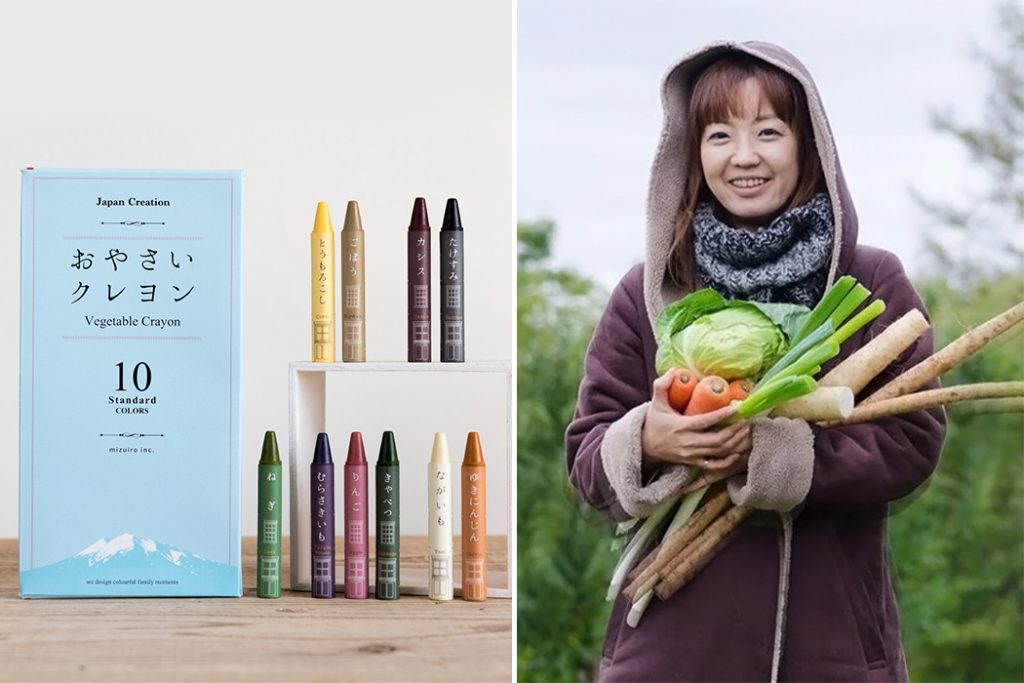
Oyasai Crayons by Naoko Kimura for Mizuiro Inc.
Japanese company Mizuiro Inc. has collaborated with designer Naoko Kimura to create a sustainable alternative to the traditional crayons that are generally made of paraffin wax, which contains petroleum, a toxic chemical to the environment making the product non-biodegradable and harmful.
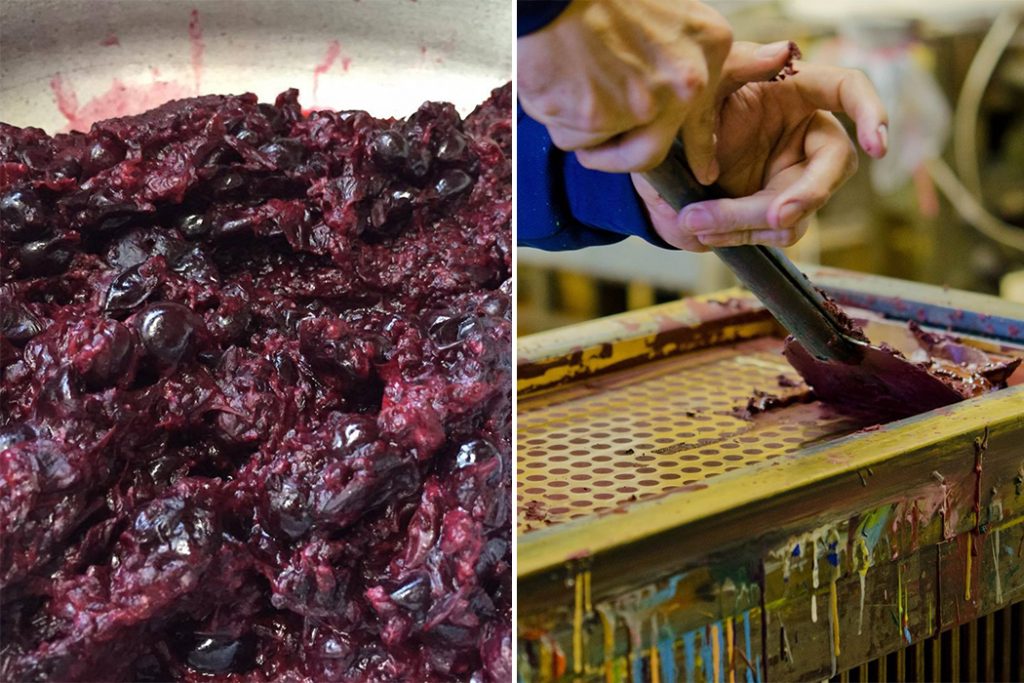
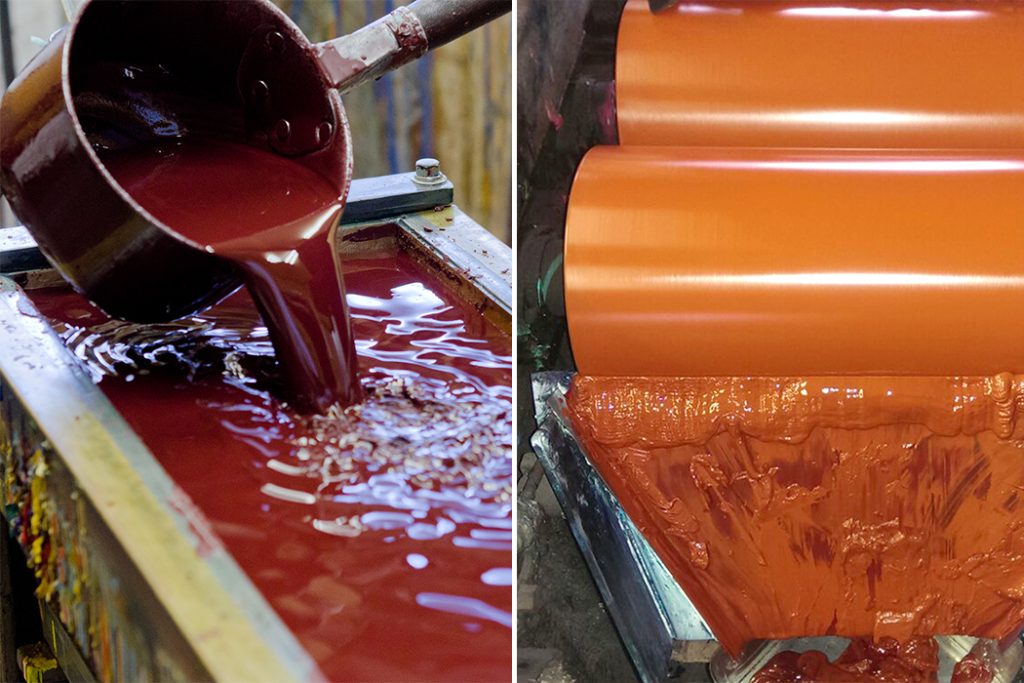
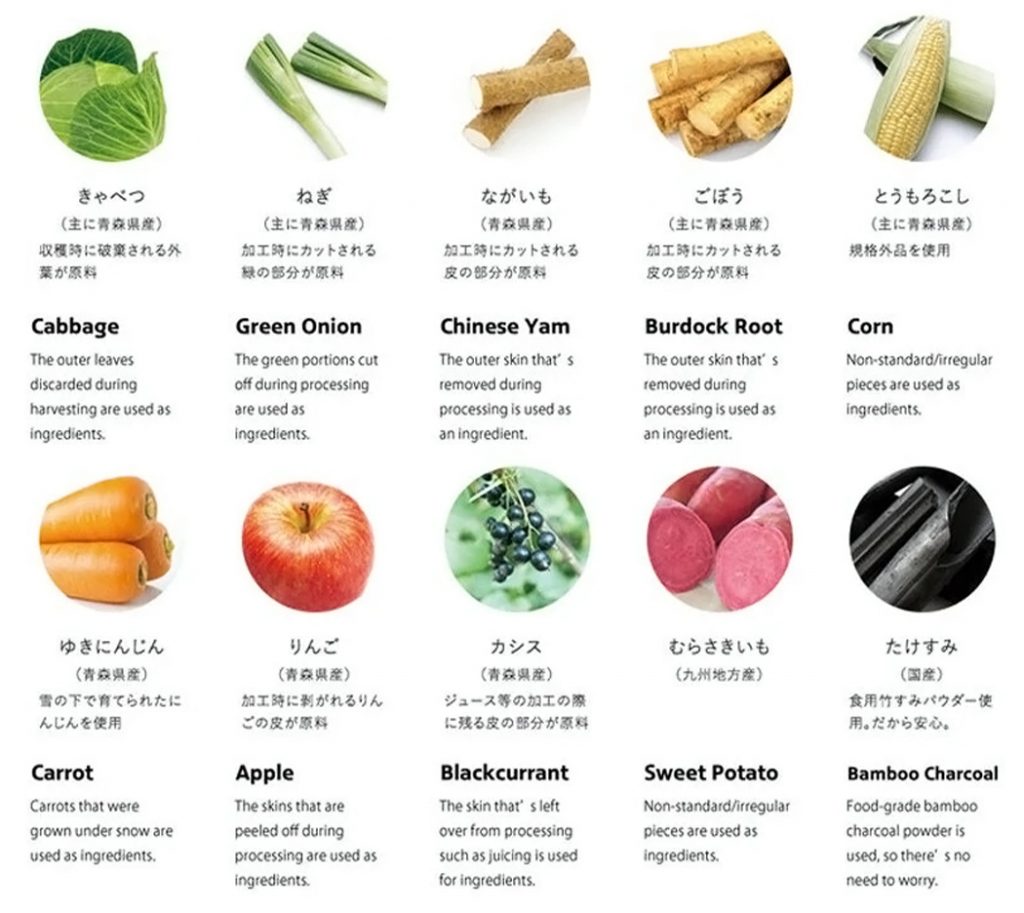
Oyasai Crayons by Naoko Kimura for Mizuiro Inc.
Named Oyasai Crayons, the all-natural crayons are manufactured using rice bran oil and rice wax from rice bran, byproducts of the rice polishing process, which means they are essentially made from waste. The pigments are also safe and organic. Being the same pigments that are used for natural food colouring, they come from vegetable waste from harvesting.
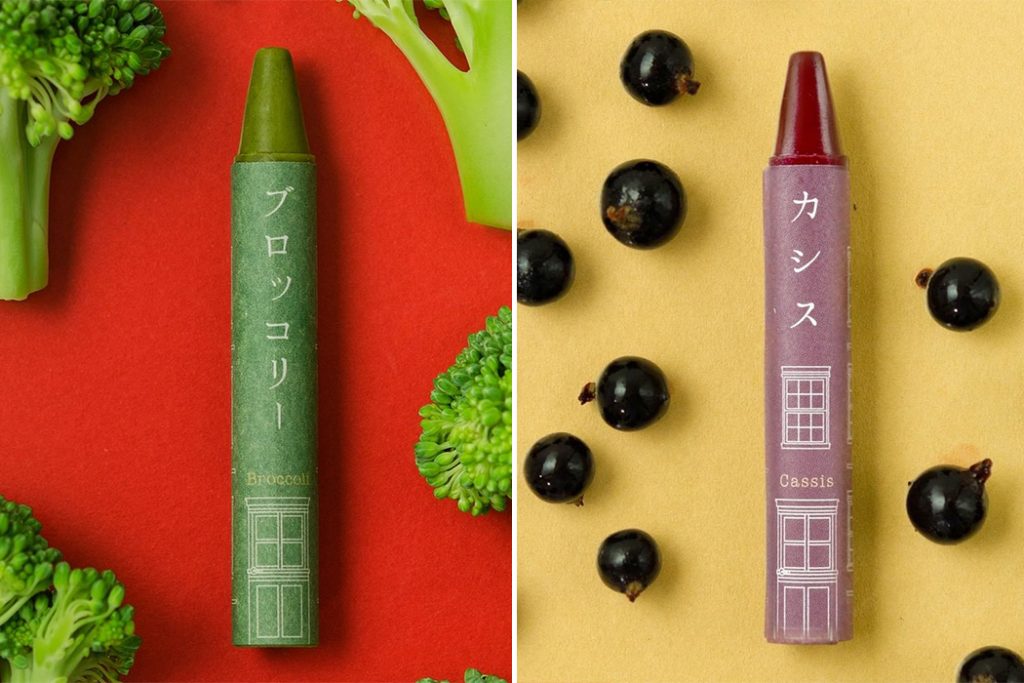
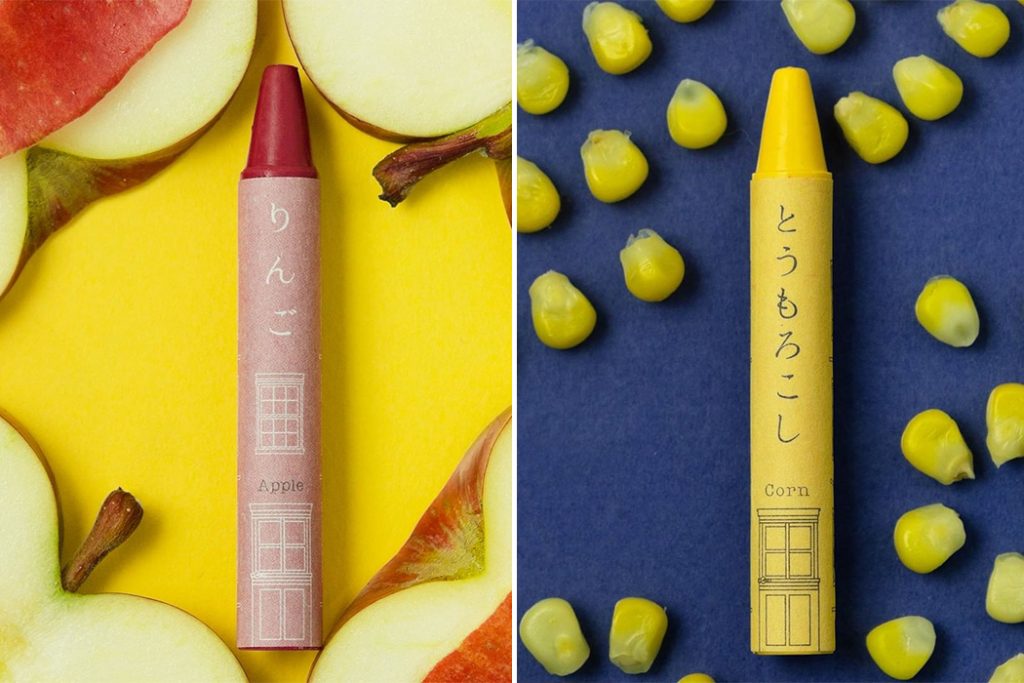
Oyasai Crayons by Naoko Kimura for Mizuiro Inc.
As of now, the set features 10 colors made from Japanese yam, green onion, long potato, burdock, corn, snow carrot, apple, cassis, purple potato, and takesumi (bamboo charcoal). Oyasai Crayons meet the JIS standard which ensures they meet the benchmark for crayon strength. They have also earned the European standard toy safety EN71-3: 2013 certificate as a result of a strict safety inspection and continued on to win numerous design awards.
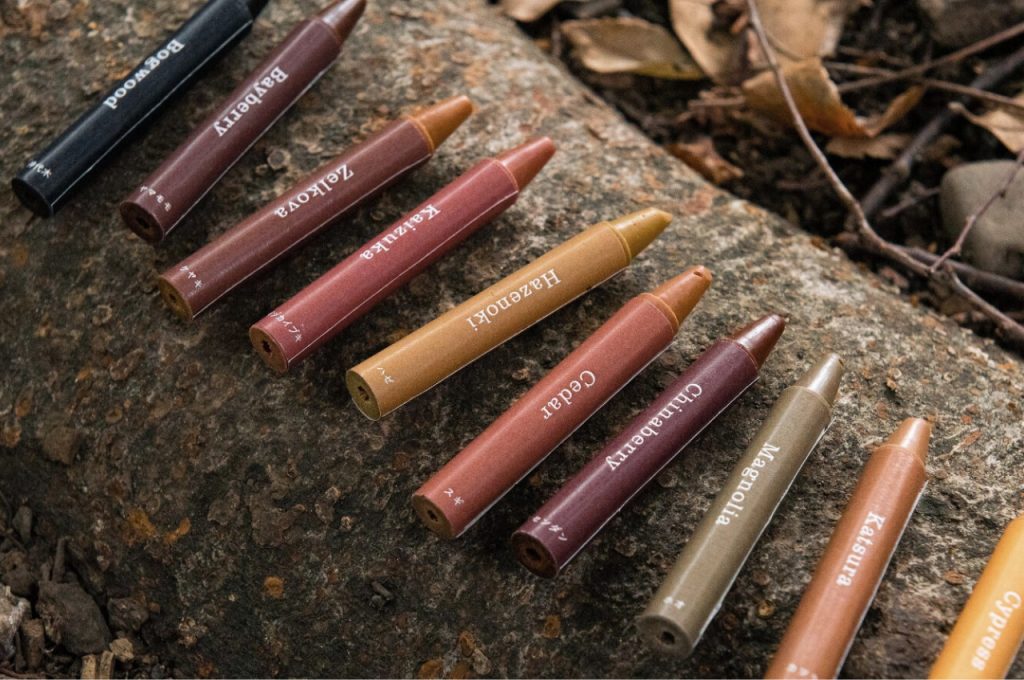
Forest Crayons by Playfool
Developed as part of a program supported by the Japanese Forestry Agency, Forest Crayons by Playfool is an innovative project that transforms Japanese trees into a beautiful palette of naturally coloured crayons.
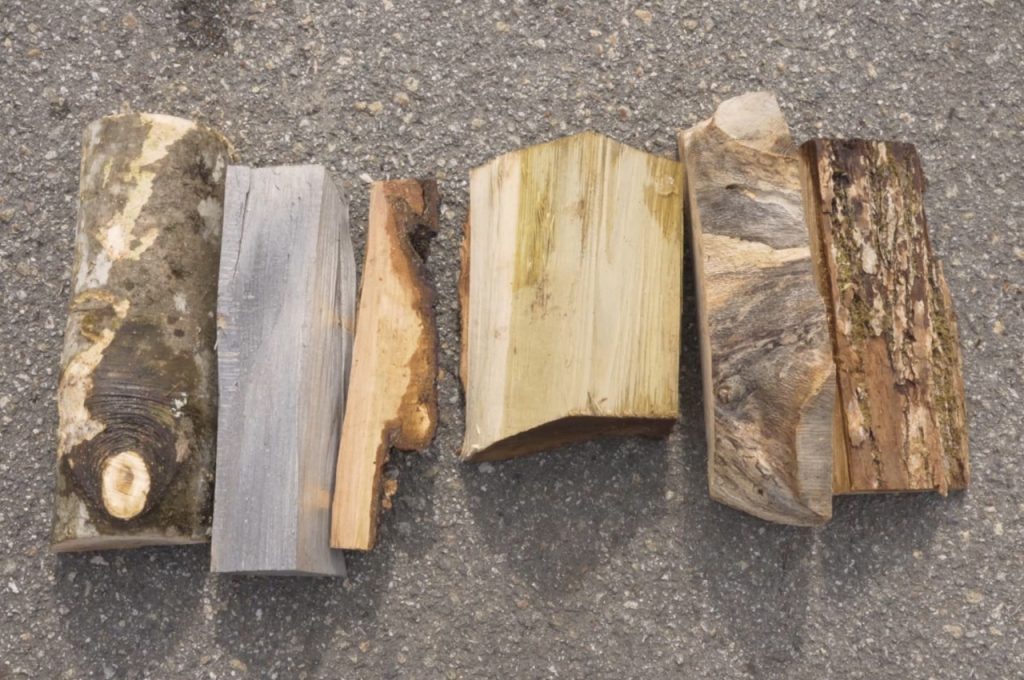
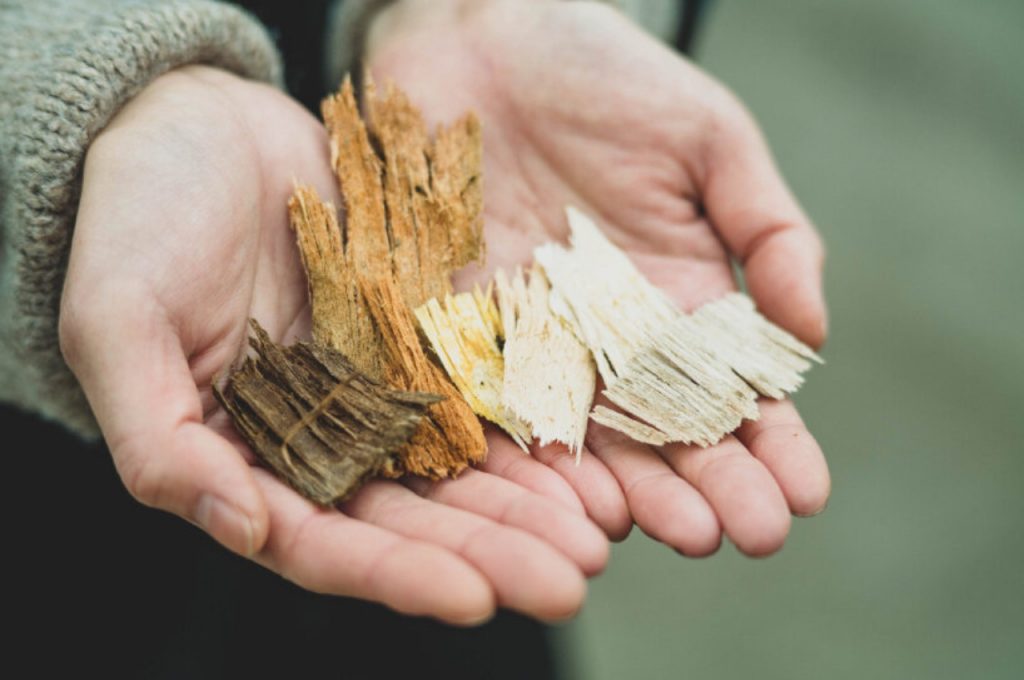
Forest Crayons by Playfool
With 2/3 of Japan covered with trees and most of these forests remaining unharvested and unmaintained, the project aims to create a unique and scalable use for wood that can not only motivate the country to upkeep and sustain the forests, but also inspire a new appreciation of the trees to future generations.
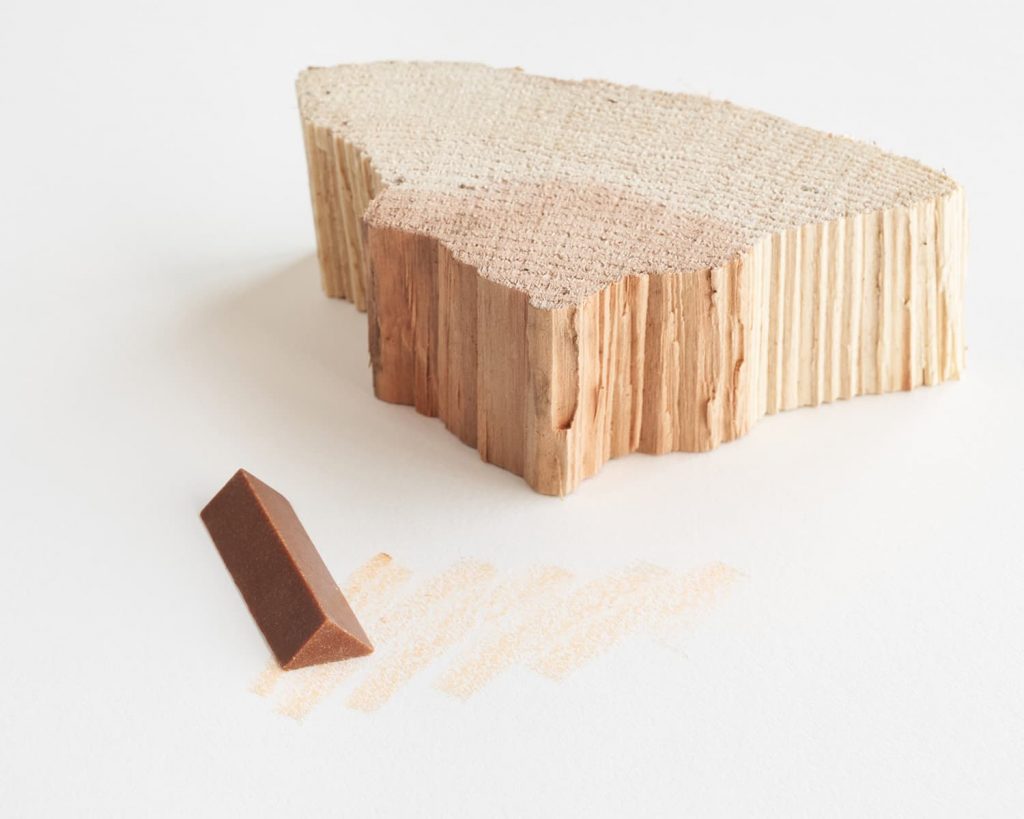
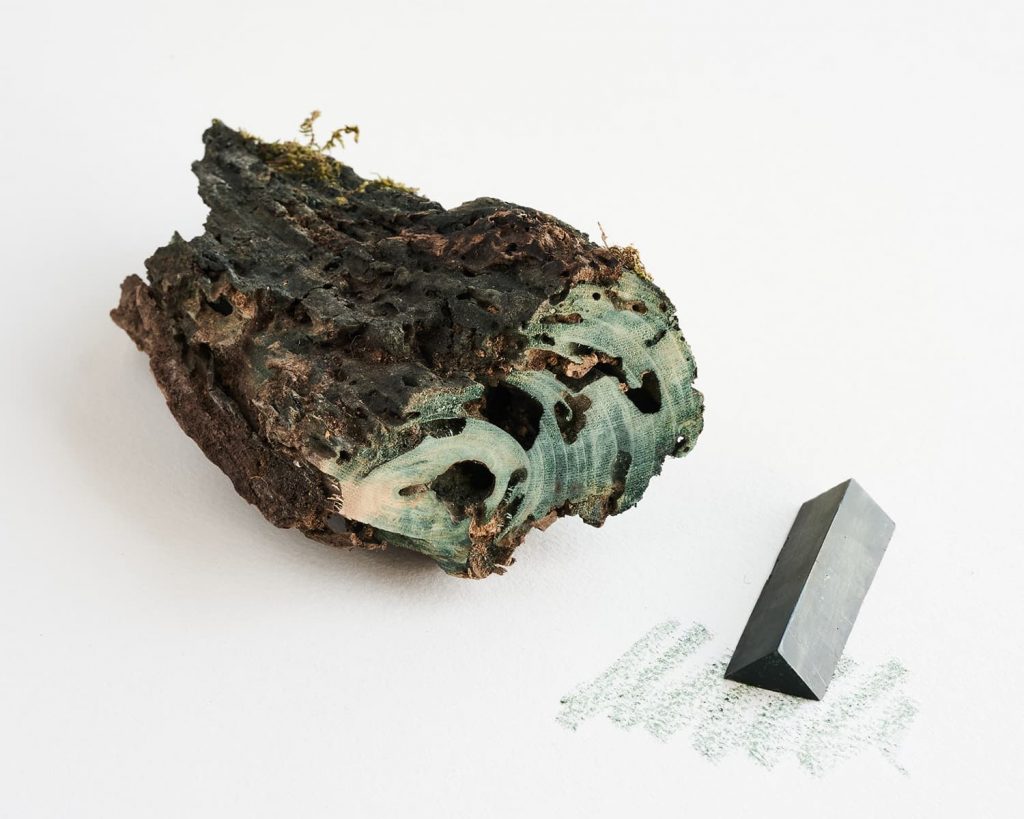
Forest Crayons by Playfool
Forest Crayons use the pigments extracted from various recycled forest trees mixed with other sustainable ingredients. While the colour of wood is often thought of as simply ‘brown,’ the project reveals the vast spectrum of hues that exist in the forest.
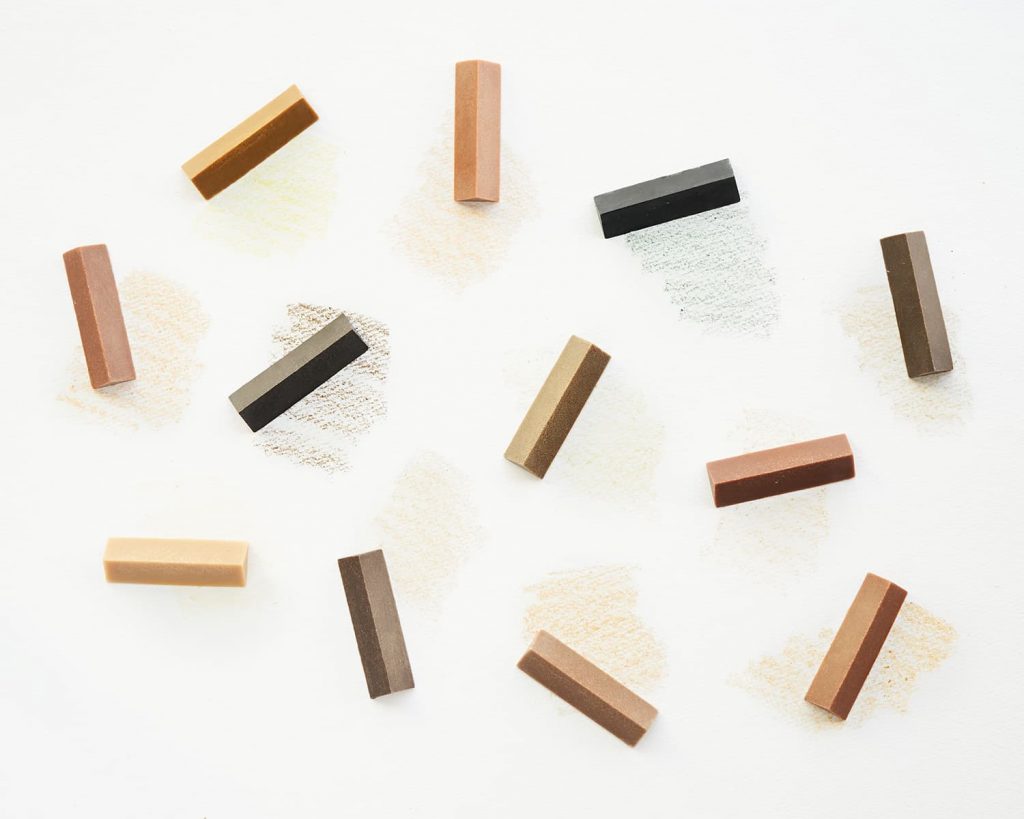
Forest Crayons by Playfool
Each one has a different shade. From the light green of magnolia, to the deep turquoise of fungus stained wood, each crayon exhibits a distinct colour determined not only by the species of tree but also the conditions in which it is grown.
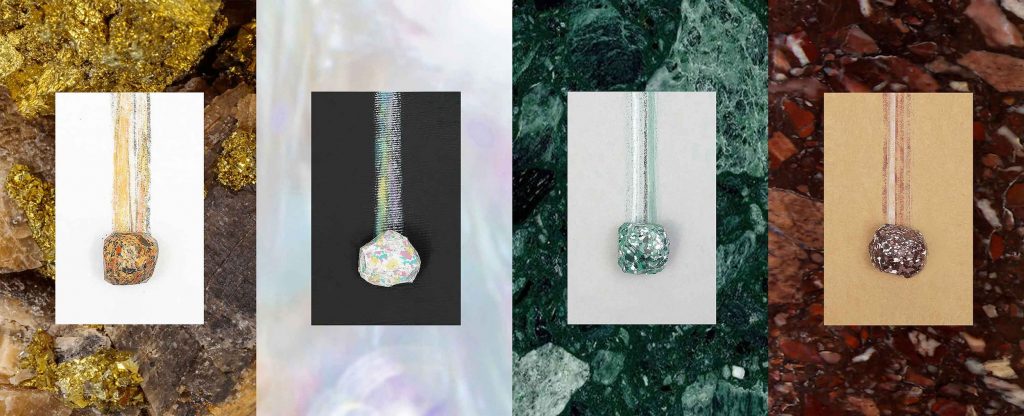
Color Gem by Studio Unto (also header image)
Although Colorgem developed by Taipei-based multidisciplinary Studio Unto is not chemicals-free like other crayons featured in this post, they are beautifully designed to look like natural minerals.
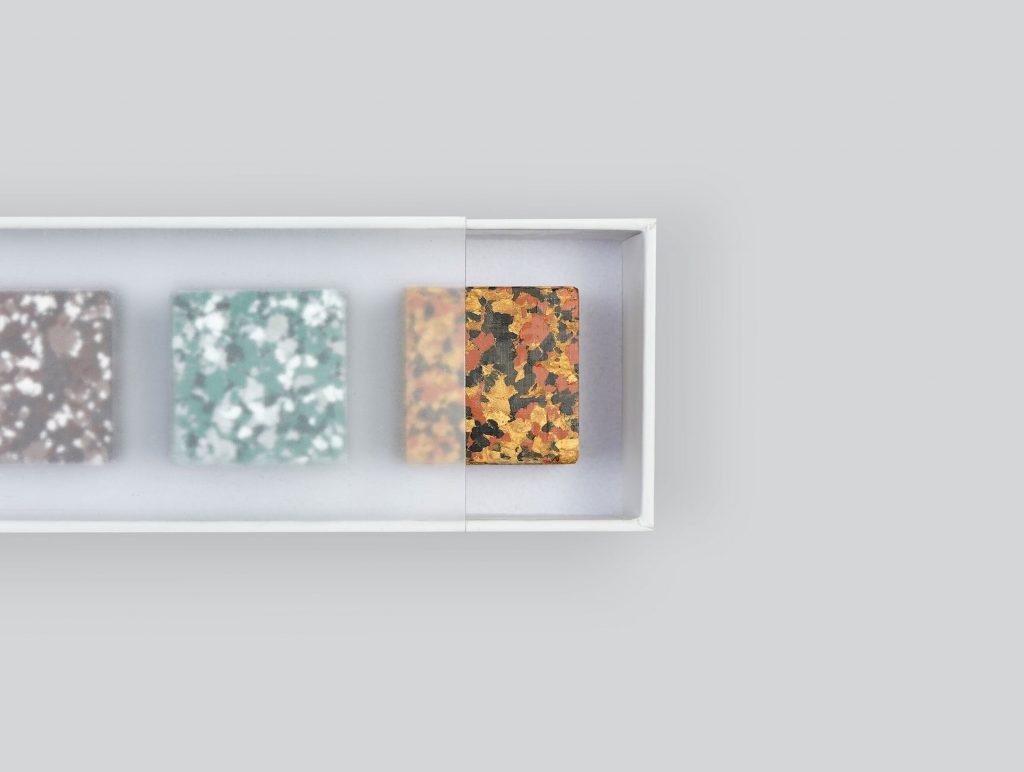
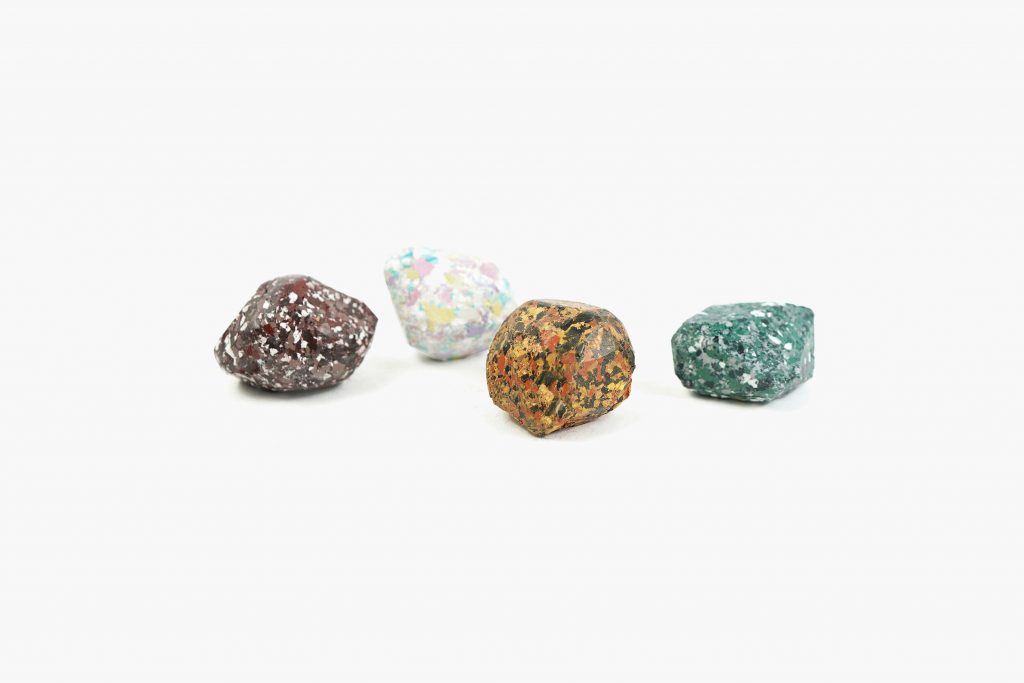
Color Gem by Studio Unto
The design explores the metaphor and satisfaction of releasing colours directly from a burnt chalk, or granites and stones. The studio has transformed the crayon block into a process similar to rock erosion, reminding us again of the wonderfully random deposits of pigments, the layering of rock formation and the process of eroding away when in use.
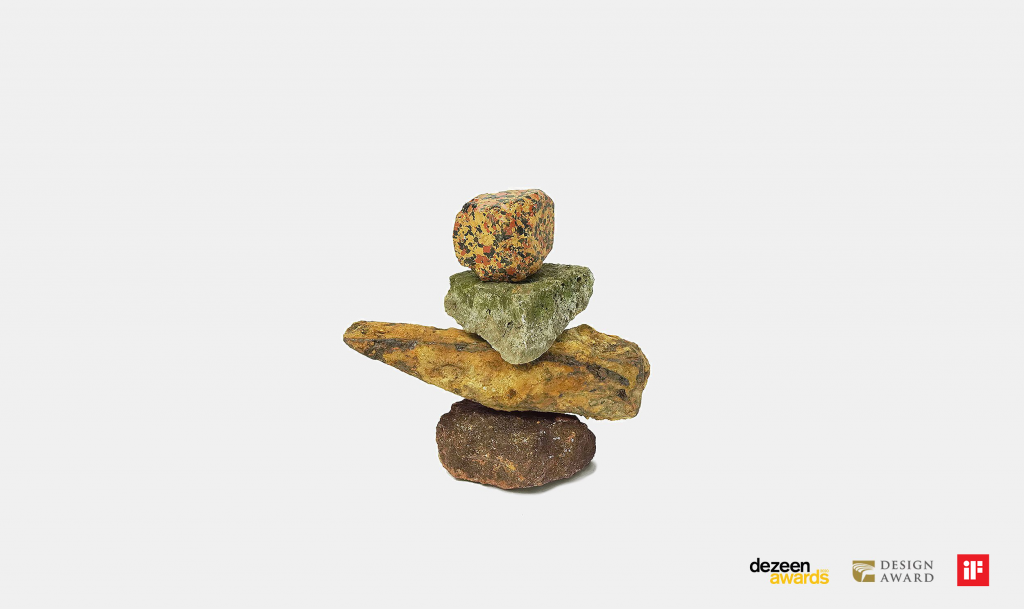
Color Gem by Studio Unto
Color Gem is meant to fulfill the urge of realizing colors directly from nature, and the satisfaction of transforming a block into a form unique to the user’s habit of drawing. As a result, the organic action of drawing determines the form of the crayon.